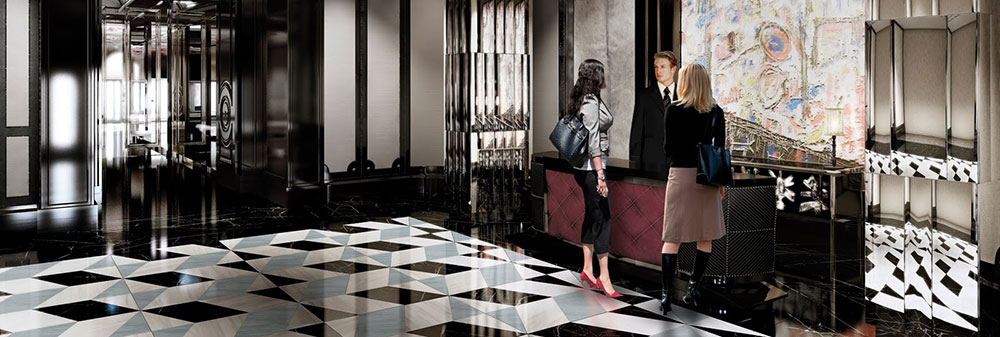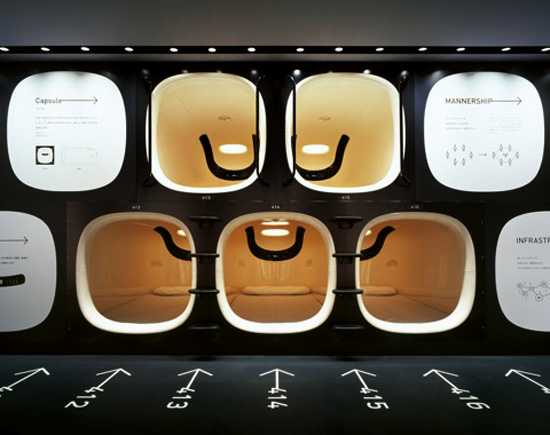How To Judge a Hotel’s Star Rating

Whether it is a small hotel in a British seaside town or one of the most well respected luxury hotels of Hollywood – across the world a range of ‘star rating’ schemes are used to indicate the quality of a hotel.
This simple method of rating services, quality and facilities has been used for decades and helps travellers to assess their requirements from their hotel or at least gives them an idea of what to expect.
The Forbes Travel Guide, originally known as the Mobil Travel Guide, started giving its own ratings back in 1958. Similarly, the AAA also began giving diamonds soon after. Now a range of organisations and governing bodies as well as consumer groups award stars, diamonds or other equivalent recognitions to hotels and establishments the world over. In recent years these organisations have included consumer assessments too.
The systems work on similar principles which show the grade of a hotel comprising the higher the stars, the higher the luxury.
The grading systems recognise various aspects of the hotel’s service and facilities from the greeting upon arrival through to cleanliness and the range of services on offer. Luxury may be objective but such offerings as Jacuzzis and top cuisine would contribute to the overall experience of the hotel.
Grading of hotels in Europe is generally carried out by government agencies and independent organisations while in America the system is similar and includes consumer organisations as well as guide books and travel websites. European ratings do have a set of guidelines that must be ‘checked’ to achieve any of the levels allocated. These would even include room size.
A top luxury hotel might include such added benefits as: satellite TV in the room, movies on demand, a Jacuzzi bath tub, complementary drinks and snacks. There will be more than one restaurant all serving the very highest standard of food and, perhaps, a chef eminent in his own right. There might also be a gym incorporated.
Lower rated hotels might be situated close to other hotels of the same grading along with a wide range of shopping and leisure facilities.
Meanwhile a 1 star rated hotel might offer much more modest facilities while still remaining comfortable and accommodating. It might be run by its owner and a small team of staff.
When planning a trip the star rating can be an invaluable way of assessing what you require in your accommodation. In addition, it tends to be a guideline for price and can aid you in budgeting for your trip. Luxury accommodation may be suitable for special occasions or, in the case of business, for high powered and vital meetings.
If your hotel isn’t satisfactory and not as advertised at the time of booking you can make a holiday complaint to your tour operator.
Peter Anderson – I love to blog about holidays abroad! Google+







